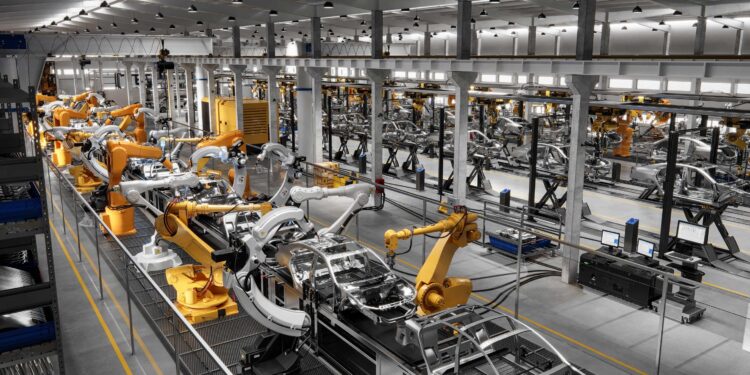Factories around the world faced renewed challenges in September as weak demand from two of the largest consumer markets, China and the United States, exerted significant pressure on manufacturing output. According to a Reuters report, subdued orders and cautious spending patterns have led to production slowdowns, forcing many factories to reassess their operations amid ongoing economic uncertainties. This development highlights the broader impact of tapering global demand on supply chains and industrial growth heading into the final quarter of the year.
Factories Face Production Slowdown Amid Weak Demand in China and US
Manufacturing hubs across key global economies are experiencing a noticeable decline in output as orders dwindle dramatically. Industrial plants in both China and the United States reported a sharp decrease in new contracts, forcing many to scale back shifts and delay expansions originally slated for the latter half of the year. Supply chain disruptions persist, but the predominant factor undermining production capacity remains the contraction in consumer spending and delayed business investments.
Key challenges facing factories include:
- Reduced export demand leading to inventory buildup
- Rising operational costs amid stagnant revenue
- Workforce adjustments due to uncertain market forecasts
| Region | Output Change (Sept) | New Orders | Employment |
|---|---|---|---|
| China | -7.3% | Down 12% | Declined slightly |
| United States | -5.8% | Down 10% | Stable |
Supply Chain Pressures Intensify as Global Orders Decline
The global manufacturing landscape faced mounting challenges in September as manufacturers reported a marked slowdown in new orders from key markets like China and the United States. This decline has exacerbated existing supply chain bottlenecks, forcing factories to recalibrate production schedules and manage inventory more cautiously. Industry insiders highlight that softer demand, combined with lingering disruptions from earlier logistical setbacks, is creating an environment of uncertainty that could ripple across multiple sectors in the coming months.
Critical pressure points include delayed shipments, fluctuating raw material costs, and labor shortages – all intensifying under subdued order volumes. Notably, factories experienced:
- Extended lead times for essential components
- Increased holding costs due to unsold goods
- Heightened financial strain from unpredictable order flow
| Region | Order Decline (%) | Average Delay (Days) |
|---|---|---|
| China | 12.5% | 8 |
| United States | 9.8% | 6 |
| Europe | 5.4% | 4 |
Strategies for Manufacturers to Navigate Economic Uncertainty and Sustain Operations
To mitigate the impacts of fluctuating demand from key markets like China and the US, manufacturers are increasingly adopting flexible production models. Emphasizing agility allows factories to recalibrate output quickly in response to shifting orders, thereby reducing inventory surplus and cash flow constraints. Additionally, diversifying the supplier base beyond traditional geographies helps shield operations from regional economic shocks. Incorporating advanced data analytics for real-time demand forecasting has also proven essential, enabling teams to anticipate order slumps and adjust procurement strategies proactively.
Key strategies gaining traction include:
- Implementing lean manufacturing techniques to minimize waste and optimize resource use
- Prioritizing digital transformation for end-to-end supply chain visibility
- Expanding into emerging markets with untapped consumer potential
- Strengthening partnerships with logistics providers to improve delivery reliability
- Investing in workforce upskilling to enhance operational flexibility
| Strategy | Impact | Time to Implement |
|---|---|---|
| Lean Manufacturing | Reduced waste, cost savings | 3-6 months |
| Digital Supply Chain Tools | Improved forecast accuracy | 6-12 months |
| Market Diversification | Expanded revenue streams | 12-18 months |
To Conclude
As factories navigate the challenges posed by subdued demand in China and the United States, the outlook for manufacturing growth remains uncertain. Analysts warn that sustained weak consumption could pressure production levels further in the coming months, underscoring the need for policymakers to address underlying economic headwinds. The developments in September serve as a critical indicator of the global manufacturing sector’s health amid ongoing geopolitical and economic shifts.































